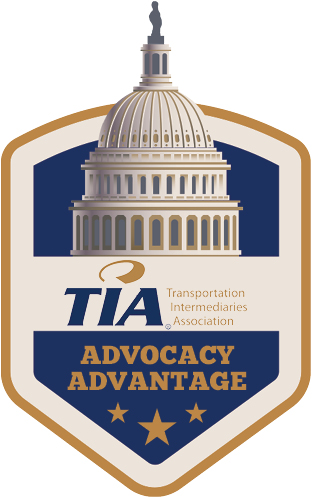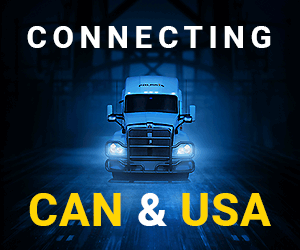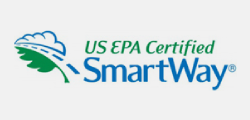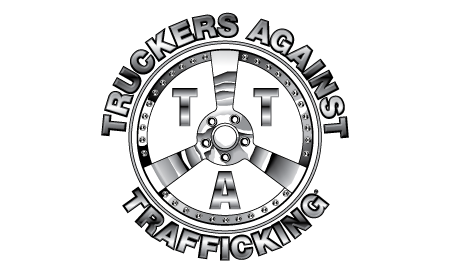 As Congress continues putting together the next surface reauthorization, the House Subcommittee on Highways and Transit held a hearing last Thursday on the needs of the freight transportation industry. Representatives from railroads, state and metropolitan transportation departments, environmental advocacy groups, and academia testified on the investment needs and other challenges facing freight transportation.
As Congress continues putting together the next surface reauthorization, the House Subcommittee on Highways and Transit held a hearing last Thursday on the needs of the freight transportation industry. Representatives from railroads, state and metropolitan transportation departments, environmental advocacy groups, and academia testified on the investment needs and other challenges facing freight transportation.
One of the primary focuses of the hearing was how to finance freight infrastructure investments, particularly highway maintenance and expansion. American Association of State Highway and Transportation Officials (AASHTO) Executive Director Jim Tymon testified that current funding levels aren’t enough to meet states’ state-of-good-repair needs, let alone investing in constructing new infrastructure like freight corridors.
A lot of the industry has come out in favor of raising the gas tax to bring more money into the Highway Trust Fund. TIA supports a modest increase in the gas tax to help pay for critical infrastructure investments; however, we ultimately need to find a new way to raise revenue for the Trust Fund given that rising fuel economy and the increasing popularity of hybrid and electric vehicles has reduced how much revenue a tax on gasoline can raise.
There’s no shortage of ideas for alternatives to the gas tax: Association of American Railroads President & CEO Ian Jefferies, for example, offered a weight-distance fee as another way to shore up the Trust Fund. Others have talked about a vehicle miles traveled (VMT) tax, though it did not come up at Thursday’s hearing. Congressman Greg Pence (R-IN) said he appreciated that the freight industry has come together to support raising revenues, but the question remains exactly how Congress will choose to do that.
As for how to spend that money, Mr. Tymon said that state departments of transportation want to maintain the federal formula programs—which are easier to administer than competitive grant programs—so that states can have multi-year certainty about how much money they will get from the federal government to make larger infrastructure investments. He also suggested providing states with more flexibility within those programs so that the states can decide what best to spend the money on. (Currently, most of the federal-aid highway programs provide states the flexibility to move up to 50 percent of their allocations from one program to another.)
There was also discussion of the Infrastructure For Rebuilding America (INFRA) grant program, formerly known as FASTLANE, which provides competitive grant funding for infrastructure projects—mostly highways and bridges—with a freight transportation component. Several witnesses, including American Short Line and Regional Railroad Association President Chuck Baker and Chicago Metropolitan Agency for Planning Executive Director Erin Aleman, agreed that the process for selecting INFRA grant winners can be “opaque” and that USDOT should ensure project selection criteria are objective, well-communicated to applicants, and closely tied to the goals of the program.
While the nearly three-hour hearing mostly kept things at a high level, there was some interesting disagreement when it came to reducing freight emissions. The surface reauthorization reported by the Senate Environment & Public Works Committee back in July was the first to include a climate title, and House Transportation & Infrastructure Committee Chairman Peter DeFazio (D-OR) has said he wants to go bigger on climate in the House bill.
Jason Mathers, Director of Vehicles & Freight Strategy for the Environmental Defense Fund, testified about various pilot programs across the country for increasing the use of zero-emission heavy-duty vehicles in the freight network, from transporting cargo in and out of ports to delivery packages to homes and businesses. He suggested creating a federal revolving loan fund for purchasing and installing ZEV infrastructure to enable greater use of ZEVs in freight transportation.
Congressman Doug LaMalfa (R-CA) took issue with the idea of incentivizing the purchase of ZEVs; he said a better approach would be to eliminate the 12 percent federal excise tax on new trucks, which would make it easier for truck operators (particularly smaller, independent owner-operators) to turn over their fleets; as newer trucks are cleaner and more efficient than the older models they’d be replacing, Rep. LaMalfa said, this would more quickly reduce emissions in the trucking industry than a new incentive. (Rep. LaMalfa has a bill, H.R. 2381, which would eliminate that tax.)
The witnesses seemed reluctant to agree with that approach: Mr. Tymon brought up the fact that the excise tax on new trucks goes into the Highway Trust Fund, and so eliminating that tax would reduce revenues at a time when the focus should be on raising additional revenue. Rep LaMalfa replied that this tax is only a small slice of Trust Fund revenue and would be easily replaced with something else.
Watch the hearing and read the witnesses’ testimony here. If you have any questions, please contact TIA Advocacy at [email protected] or 703.299.5700.













